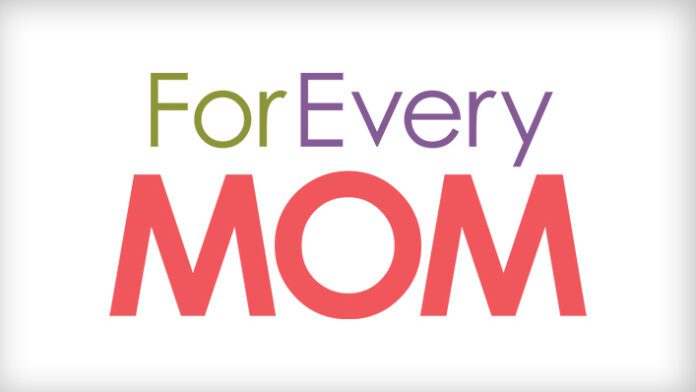6. Use a worry box.
If your child has trouble letting go of their worry, have them write down their worries and then put it in a worry box. Let them know that their worries will always be there if they want to come back to it, but that they can put them down for a while to focus on other things.
7. Focus on breathing techniques.
Breathing techniques are helpful in managing anxiety and worry as they can help your child transition out of their head and into their body. Try bumblebee breathing or five finger breathing.
In bumblebee breathing, ask your child to sit comfortably on the floor. Open both hands wide, bringing your thumbs to your ears and your fingers over your eyes. Take a big, deep breath inward, and then, as you exhale, make a humming noise through your lips. With ears blocked and eyes covered, take another deep inhale and then begin your next hum. For other variations, try making a zzzzzz, ohhhhh, or shhhhh sound and notice how it feels in your body.
In finger breathing, ask your child to hold one hand out, stretching their fingers like a star. Pretend the pointer finger of the other hand is a pencil that will outline their fingers. Start at the bottom of the thumb side and ask them to inhale as they trace up the finger, pause at the top, and then exhale as they trace down the finger. Continue the breathing practice until all five fingers have been traced.
8. Explore the senses.
Sensory experiences are a great recipe for helping children manage stress or worry. When children explore different sensory experiences, it can help them express themselves and regulate their brain and body. If your child is feeling an unpleasant emotion, have them try some of these:
· Wall push-ups
· Inversions
· Walking outside barefoot
· Squeeze a stress ball
· Play with a fidget toy
· Make a calming jar
· Lay with a weighted blanket
· Blow bubbles
· Play in a sensory bin or with playdough
· Animal walking
9. Try new ways for social interaction.
If your child worries they will not be able to connect with friends this school year, together brainstorm ideas for social opportunities. Some ideas may include:
· Plan a virtual playdate
· Meet friends at a park to connect in the fresh air
· Become pen pals and write your friend or draw them a picture
10. Explain the changes.
Children are receptive, and even the youngest of kids can gain from knowing information. Talk to your child about why school looks different this year, and let them know that it is likely a temporary experience. Our brain is wired in a way that when we know what to expect, we are more likely to feel safe. Understanding which change – whether it be wearing masks, social distancing, paused field trips or more – is causing big emotions in your child can help you recognize which ones to target at home.
11. Introduce changes at home.
Introduce these new concepts slowly and create experiences where your children can achieve small successes. If, for example, your child is fearful about wearing a mask, start with practicing a few minutes each day and build from there. If your child finds it challenging to sit in front of the screen during Zoom lessons, start with shorter intervals and slowly increase. Your child will eventually grow into a space where they feel more comfortable.
12. Remind your child of love.
One way to help your child through this transition is to remind them of the love in their life. Affirm your love and support, and also remind your child of all the others in their life – siblings, grandparents, cousins, friends, and so forth, that love them. Offer your child the tool that whenever they feel alone, they can place their hand to their heart and feel the collective love that they have, and that they are.
All emotions are sacred, and whether your child has pleasant or unpleasant feelings about this school year, you can validate and support them with tools that offer connection, understanding, and guidance. Parents are some of their children’s greatest teachers, and this unexplored time can be an opportunity to teach children life skills of self-awareness, empathy, resilience and grit, and to remind them that you always have their back.
***
Suzanne Tucker is a mom of four (pictured right), a parent educator and founder of Generation Mindful, a company that creates educational tools and toys that nurture emotional intelligence via play and positive discipline, with a mission to raise an emotionally healthy world.

